
Messages sent by email lack the visual and auditory cues of real-life conversation, making them particularly vulnerable to being misread or misunderstood. So ensuring that you start and finish warmly and politely can make all the difference.
This article will get your salutations and sign-offs sorted in five easy steps.
Less formal than letters
Back in the days of paper and envelopes, we had salutations and sign-offs drummed into us at school. ‘Dear Mr/Mrs/Ms’ went with ‘Yours sincerely’, while ‘Dear Sir or Madam’ was paired with ‘Yours faithfully’, and ‘Yours truly’ hovered somewhere in between.
But since emails took over, the etiquette has all gone a bit off-piste. ‘Dear’ sounds too formal in some cases, while ‘Hi’ seems too chummy in others. And then there’s the increasingly popular no-salutation-at-all approach, the email equivalent of shouting someone’s name across a busy street.
Down at the bottom of the email, things aren’t much clearer. ‘Best wishes’ and ‘Kind regards’ are giving way to abbreviations such as ‘Best’, ‘KR’ and ‘Rgds’. But is the time you save in omitting those three or four letters worth it, or does it cost you more elsewhere?
To start and end on the right foot, follow this five-step guide:
1. Even with someone you know, use a salutation
If you know Bob well, there’s nothing wrong with ‘Hi Bob’ or ‘Morning, Bob’. But if you start your email with simply ‘Bob’, you’d better be pretty sure Bob is down with that kind of thing. When we asked people how they felt about it, their responses included ‘rude and abrupt’, ‘one up from “oi”’, and ‘like I’m back in the 70s and in trouble with my father’.
2. In a formal situation, go old-school
‘Dear Mr Smith’ does feel rather old-fashioned these days, but it’s still a good starting point, if you’re making the initial written contact. By signing off at the end with your first name, you give the recipient permission to move to a first-name basis in their response.
As for whether or not to put a comma after your salutation or sign-off, that’s a matter for personal taste – unless your company has a preferred style. Our style at Emphasis is to omit them.
3. Be careful with thanks
Of course, if the point of your email is to thank someone, then ‘thanks’ is a safe thing to say. But more often the point of your email is to ask someone to do something. And in that case, a sign-off of ‘Many thanks’, or, worse, ‘Thanks in advance’, can come across as presumption that it will be done. That’s fine if it’s an order, but if you’re asking for a favour, take care.
4. Do sign off
Yes, you probably have an email signature already programmed in along with your contact details, and yes, the recipient knows who you are from your email address. But still, it takes a second of your time to add ‘Best wishes’ and your name, and people do appreciate it. Be a little careful with ‘Kind regards’ – cringingly, ‘Kind retards’ is one of the more common typos in the English language. If this is your sign-off of choice, you might like to set up an auto-correct for ‘retards’ to ‘regards’, if your email program supports it. If you’re writing in Word, there’s a useful how-to here. (Though we only recommend doing this for words you are never going to want to write on purpose.)
You can still use ‘Yours sincerely’ or ‘Yours faithfully’, in line with the traditional rules, if your message is especially formal, but use your judgement – if it feels like overkill, it probably is.
5. Don’t abbreviate
Are you really 2 bsy 4 wrds? We certainly all feel that way sometimes. But whatever you decide to omit or abbreviate, never cut back on manners. ‘KR’, ‘BW’ (‘Kind regards’; ‘Best wishes’) and ‘Rgds’, let alone ‘pls’ and ‘thx’, give the impression of ineptly disguised indifference. And as indifference begets indifference, that’s not a good lasting impression to leave. But then neither, whatever certain people in PR may have us believe, is a kiss. X
Image credit: PanuShot / Shutterstock





